Welcome to the Zarya Factory!
Today it is an office and shopping complex created in the spaces of a former garment sewing factory in 2013. At the Zarya Factory, there are businesses in various areas, including creative ones. In 2013, the Zarya Center for Contemporary Art was opened here as well. Thanks to its activity the Zarya Factory’s territory was filled with street art and turned into an open-air museum.
You can learn more about the history of the Zarya Sewing Association below.
You can learn more about art objects in the territory of the factory by clicking on the link.
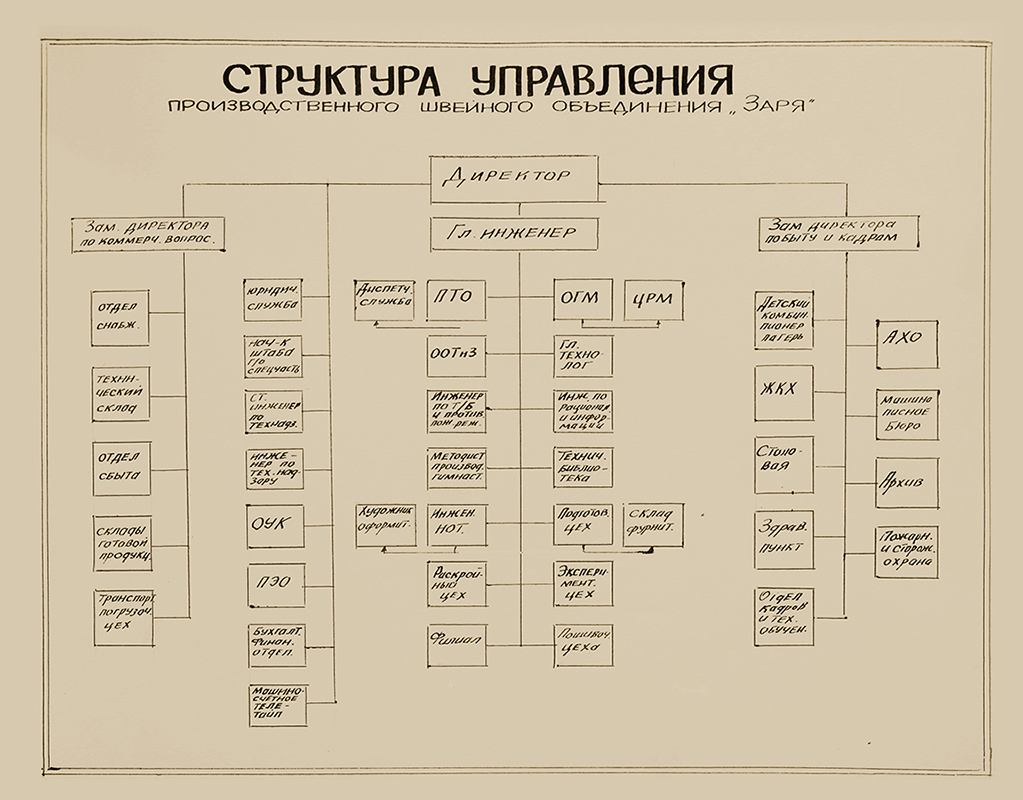
Garment sewing production has existed in Vladivostok since about 1901, and the Zarya Factory was formed through continuous mergers and transformations of various industries within it. From 1901 to 1910, tailoring of special orders for the military forces in Vladivostok was carried out by the Siberian division’s semi-crew “Shvalnya”, which was transferred to the administration of Employment Exchange in 1910 and became known as the “team of unemployed”. This way it existed until 1918 and was subsequently renamed many times, first as the semi-crew “Rabshveyprom” (“Workers Sewing Industry”), then as the “Gosshveyfabrika” (“State Sewing Factory”), and as the Pacific Fleet Factory, until it finally became the Sewing Factory No.2 in 1963.
The second major player on the map of Vladivostok's garment sewing production began its history in 1928, when several artisanal manufactures merged into the “Takelazh” (“Rigging”) Artel. In 1940, the “Lyubimaya Igrushka” (“Beloved Toy”) Artel joined it. They continued their joint work under the name of Konstantin Sukhanov’s Artel, which was reorganized into the Sewing Factory No.1 by order of the Ministry of Light Industry in 1956.
In 1958, the Sewing Factory No.1 moved to the territory of the Zarya Factory. At that time, there were three one-story factory buildings. Now, these are the ground floors of buildings No.1, 2 and 3. They were constructed in the early 1900s, and it is known that there was a horse stable in the Building No.2, and there were barracks for military cavalry servicemen in the other two.

The barracks were in bad condition and needed to be repaired and reconstructed for the needs of the factory. All construction work was carried out by the factory’s employees, in spite of the fact that sewing production could not be stopped even for a short moment. When a part of the re-equipment of the premises was completed in 1964, the Sewing Factories No.1 and No.2 merged into one, and the Artyom Sewing Factory joined it. Thus began the nearly half-century history of the Zarya Sewing Association.
Previously, the district around the Zarya Factory used to be called the 12th Kilometer among the people of Vladivostok. The 12th Kilometer at that time was the far outskirts of the city with poorly developed transportation and housing infrastructure. Thanks to the hard work and dedication of the employees, the factory quickly developed and soon became the main district-forming enterprise. By the mid-70s, more than two thousand people were involved in production; they were mostly women. Residential houses and dormitories, kindergartens and medical clinics were built for the Zarya Factory's employees, and soon the district around the factory became known as Zarya among the citizens.
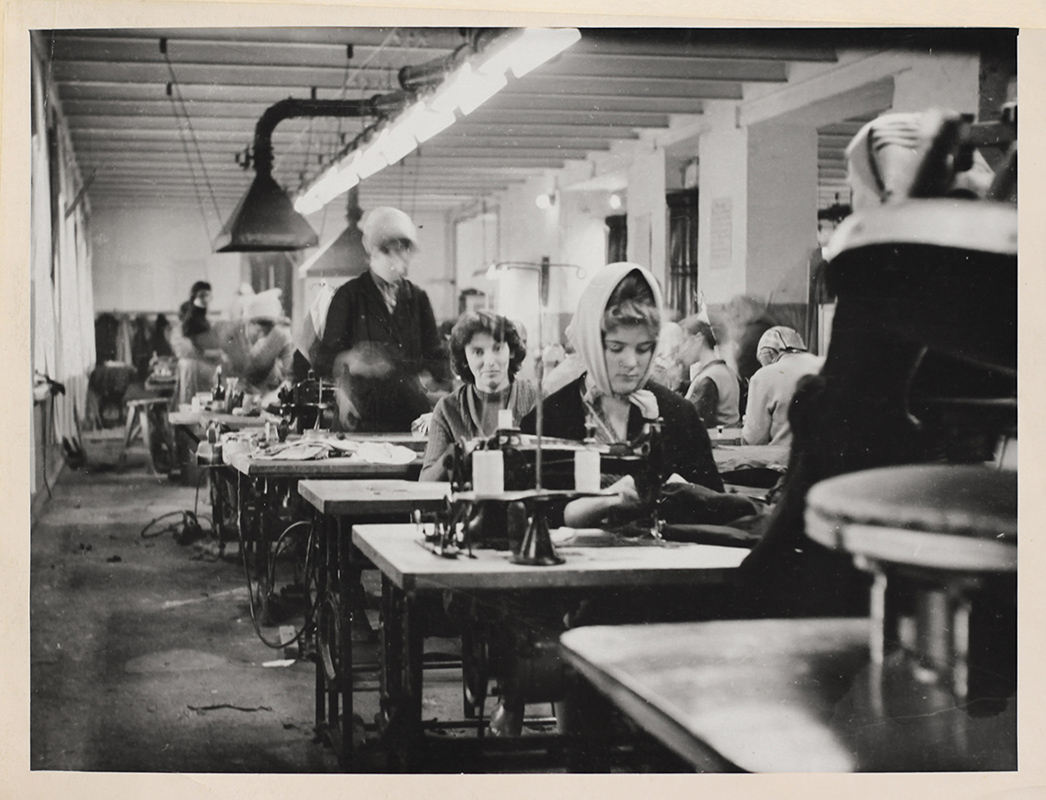
- Building No.1. The Sewing Department
This is one of the buildings in which military barracks were previously located. The second and third floors were added between 1958 and 1961. Immediately after this, the building was put into operation. On the second floor, there was a sewing shop where women’s dresses, men's suits, and school uniforms were sewed. On the ground floor, a warehouse for the finished goods was located. All the clothes that were produced at the factory were stored here, and from this building, they were spread to retail outlets in the city and the region.
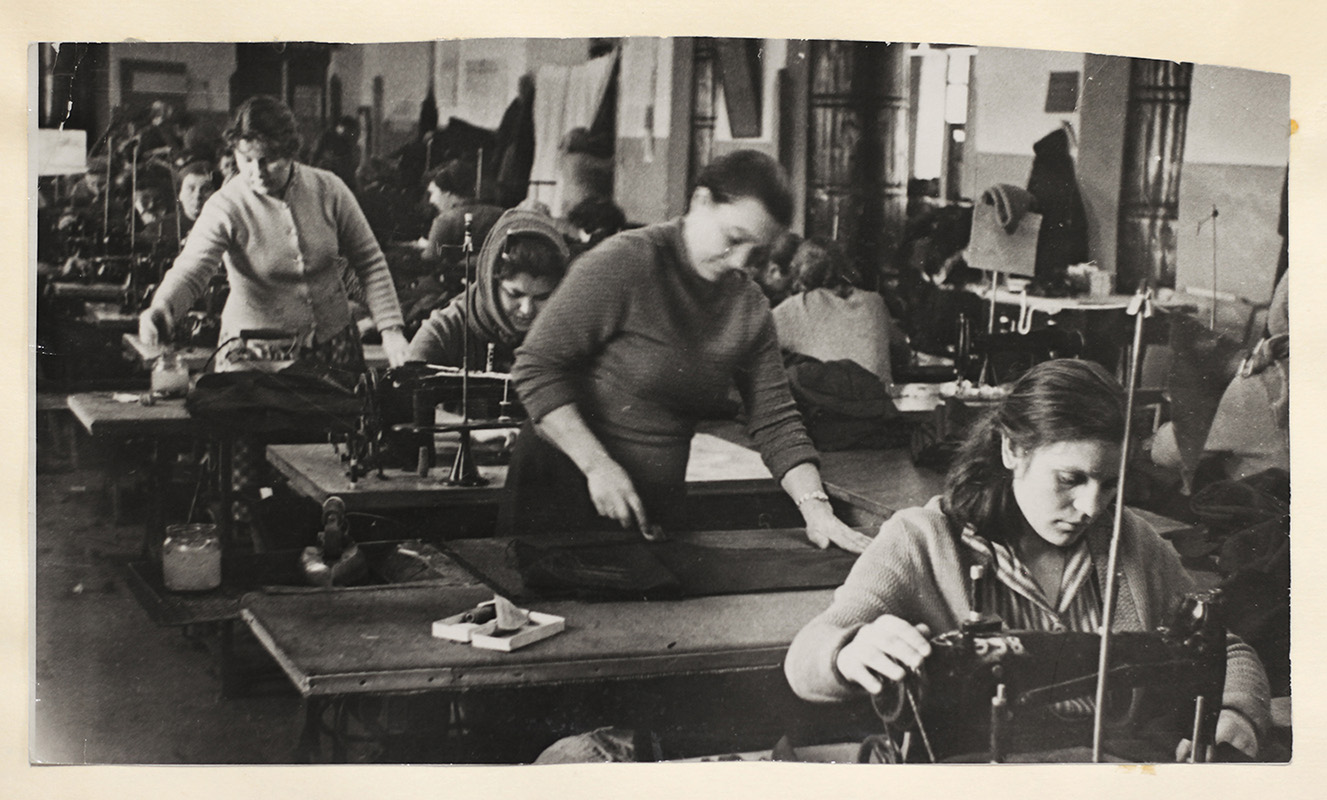
For a long time in this building, there was a workshop for homeworkers — employees who, due to lack of working space, sewed at home. Several times a month, a factory car transported the finished cut to the homeworkers’ apartments, and after a while, the ready clothes were collected and brought to the factory’s warehouse. At the warehouse, employees checked the quality of the goods, sewed brand tags of the Zarya Factory on new suits and dresses, and after that the garments were sent for sale.
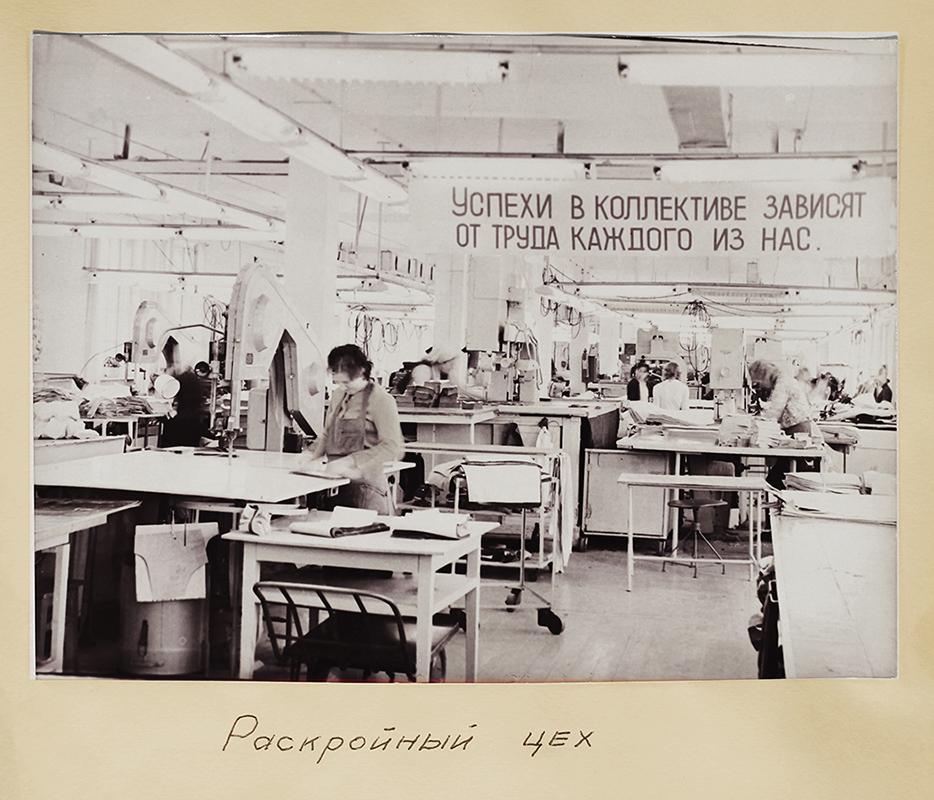
- Building No.2. The Cutting Workshop and the Experimental Department
This building was put into operation in 1961. During the reconstruction, the second floor was added and an elevated passageway was built between buildings No.1 and No.2. On the second floor there was a cutting workshop where, according to the patterns, cuts were prepared for future fashionable dresses and formal men's suits. Then, the finished patterns were sent to the sewing workshop on a monorail system across the passageway, and there the seamstresses made outfits from the cuts.
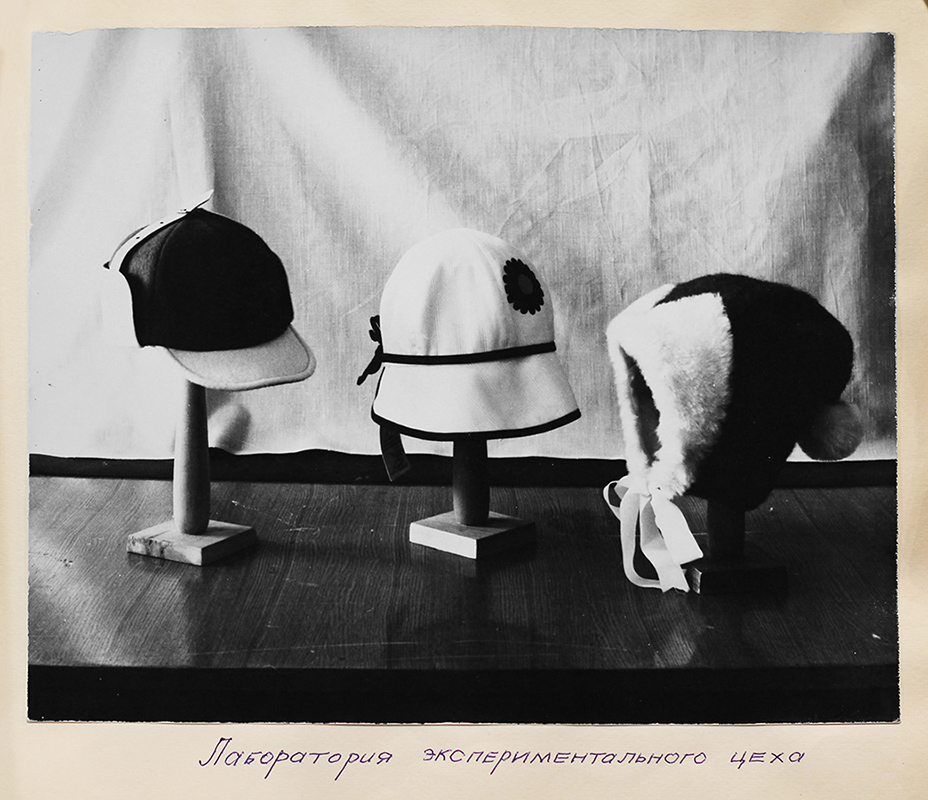
On the ground floor of building No.2, the experimental department was located, it was the most fashionable and creative department in the entire factory. Its employees were engaged in the development of new models of dresses, suits, and outerwear, which were produced at the factory. Also, the experimental department conducted control of finished garments for compliance with state standards.
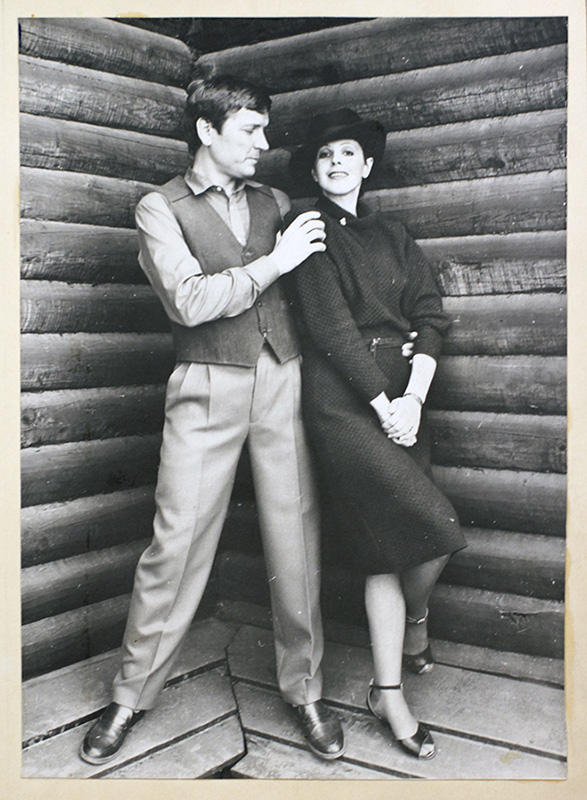
About once a month, the factory management and representatives of the trading industry gathered to watch models in this building. Models were selected from among workers. Women and men showed the latest fashionable designs of the experimental department, and after the shows, the commission decided whether they would go into mass production.
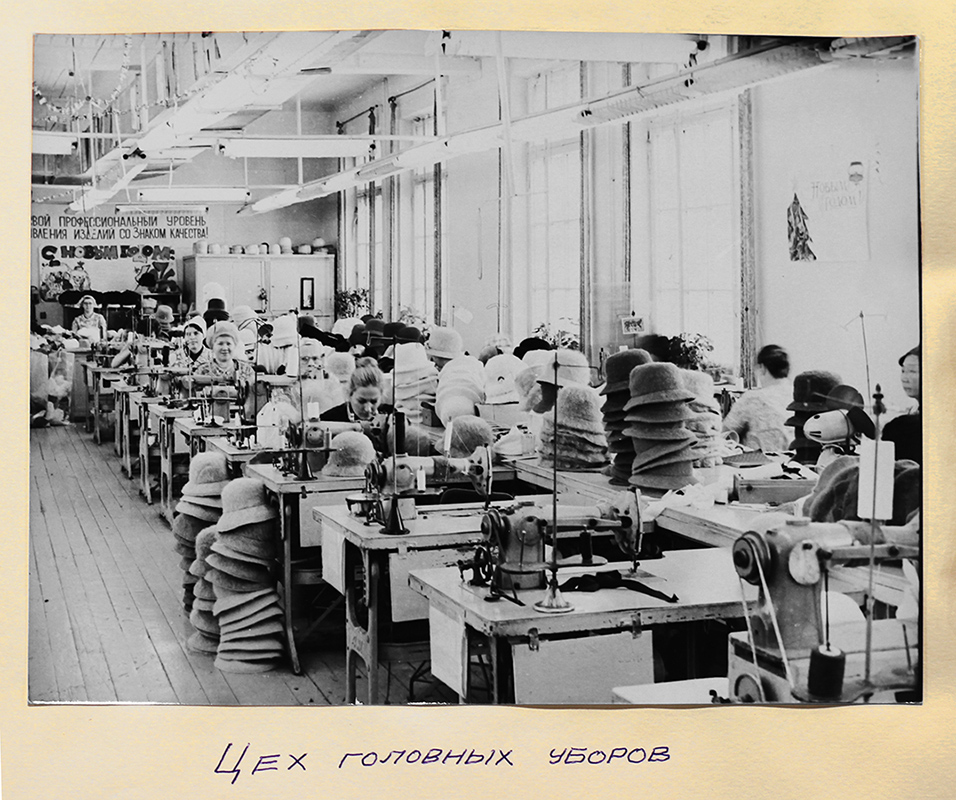
- Building No.3. The Headwear Workshop
From the first day of its work in 1966, building No. 3 was completely dedicated to the production of hats and other headwear. On the third floor of the building, lightweight felt hats, beaver fur hats and other hats for children and adults were sewed according to the designs that were developed in the experimental department. Also, it was the only workshop of the factory that made special orders for the military forces: side caps, peaked caps, and other headgear.
Preparatory work was carried out on the second floor of the building. There, patterns were cut and accessories were made for the further production of hats. Beautiful buttons, straps, and brooches, which were to become an adornment of new models of hats, were designed here and made by hand.
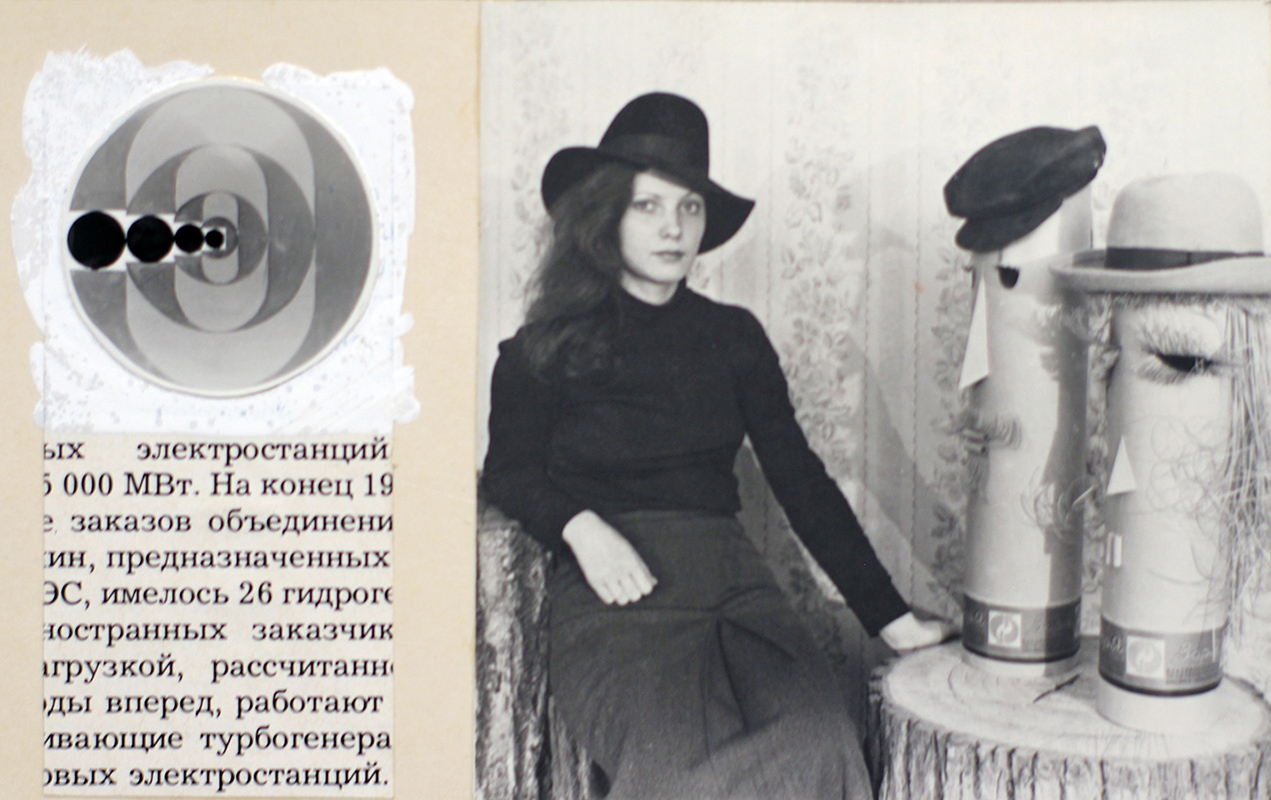
On the ground floor, there was a workroom for the production of blanks for the hats manufacture and a warehouse that stored hats that were ready for sale.
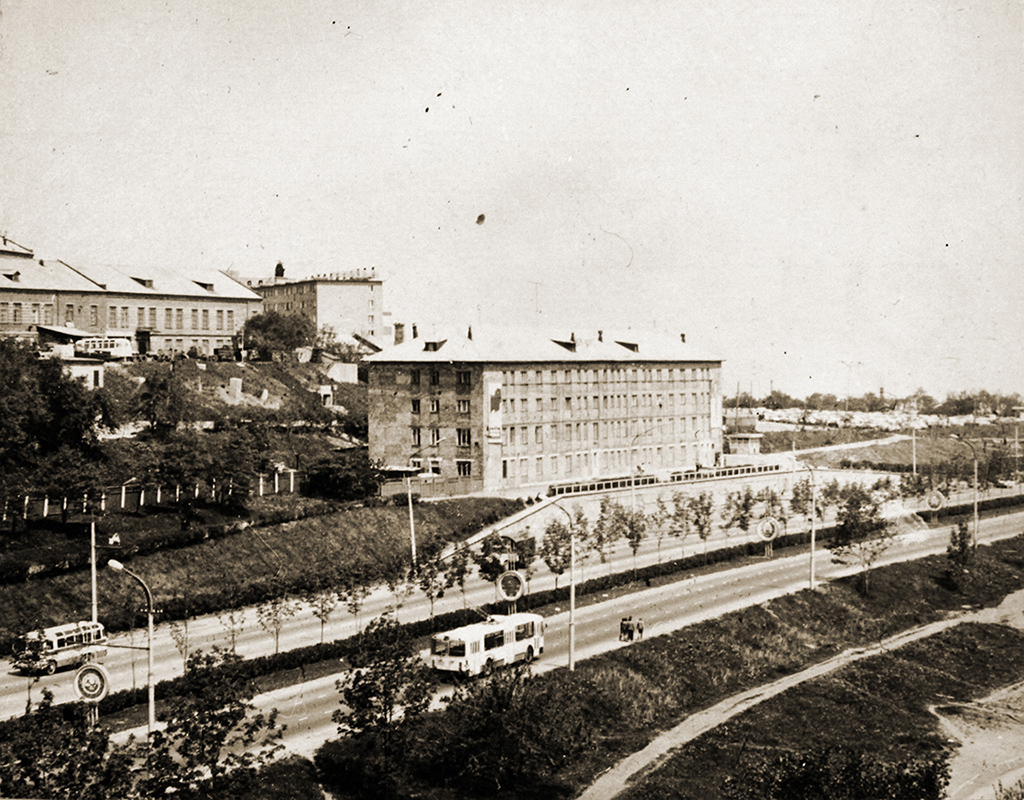
- Building No.4
This building was commissioned in 1995, it was the most productive period in the factory’s history. Production increased and flourished, the Zarya Factory began to work with Vietnam and China.
On the ground floor of the building, there was a garage for the factory’s cars that transported finished goods to shops in the city. At that time in Vladivostok, there were already 3 brand stores of the Zarya Factory, which were located in different areas of the city: Vtoraya Rechka, Egersheld, and Gaydamak.
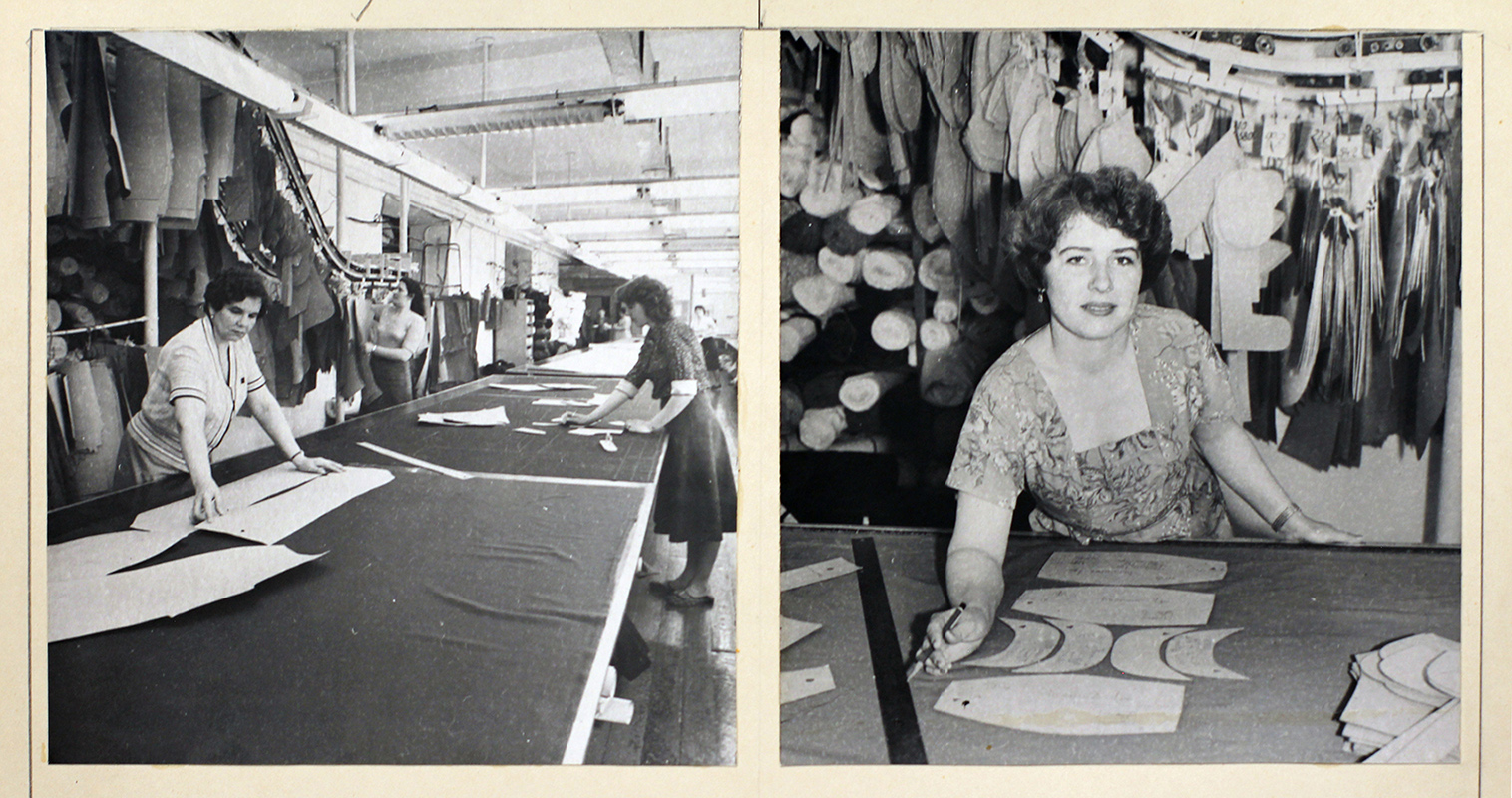
On the second and third floors of the building, preparatory and cutting workshops were located, in which patterns and cuts were prepared and then delivered to the sewing workshop.
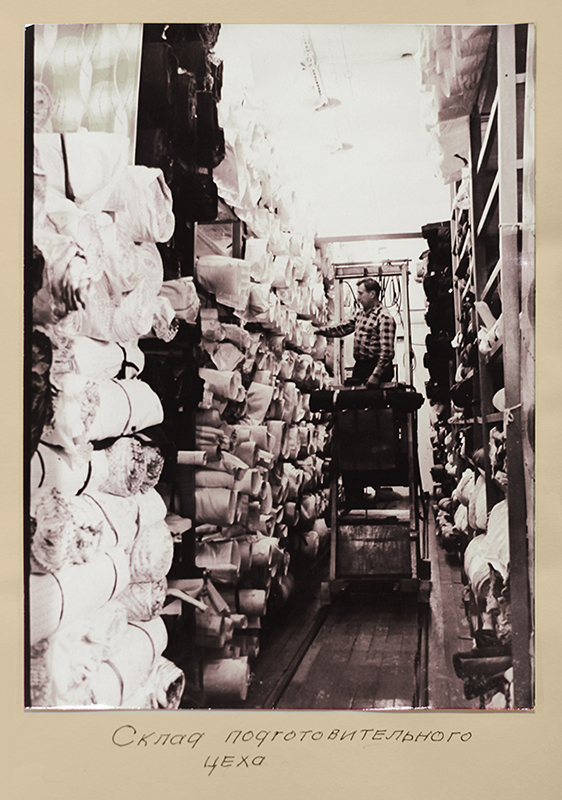
- Building No.5. The Fabric Warehouse
Building No.5 began its work in 1985. There has always been a fabric acceptance and inspection department. On the ground floor, the team working in the department measured the rolls of fabric on the huge measuring tables and checked its compliance with the quality and footage declared by the suppliers.
On the second floor, there was a warehouse where the fabric was stored on huge shelves. Fashionable skirts or strict trousers under the Zarya brand’s name were to be sewn from this very fabric.
The system of transitions between buildings No.1, No.2, and No.5 made it possible to mechanize as much labor as possible. By the monorail system, the fabric from the warehouse was delivered to the cutting workshop. The finished cut was sent along a different direction to the sewing workshop, where the production process ended. The finished products were delivered to the warehouse for ready-for-sale garments, and then to the city’s shops.
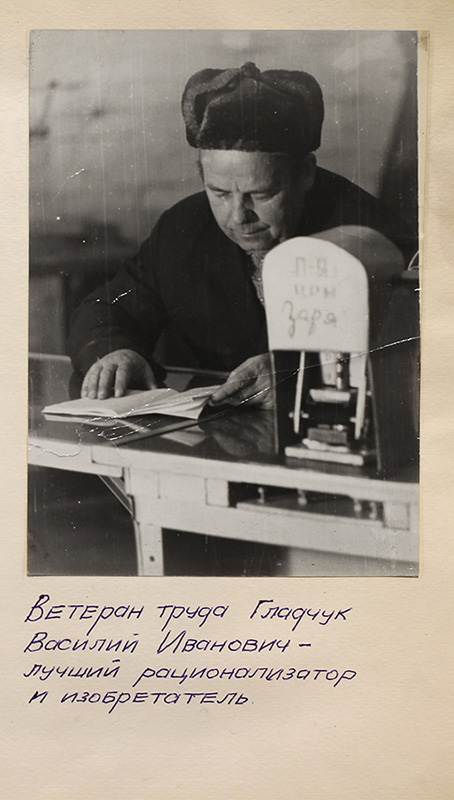
- Central Repair Department’s Building
The teams that were responsible for the functioning of all equipment in the factory were based in this building — brigades of machinists, locksmiths, carpenters, and a rapid response team. They were engaged in the adjustment and repair of sewing equipment, and sometimes they also made furniture, invented or adapted the existing equipment to the needs and demands of the factory that included the constant updating of the assortment due to the introduction of new models and designs of clothes that were developed by the experimental department.
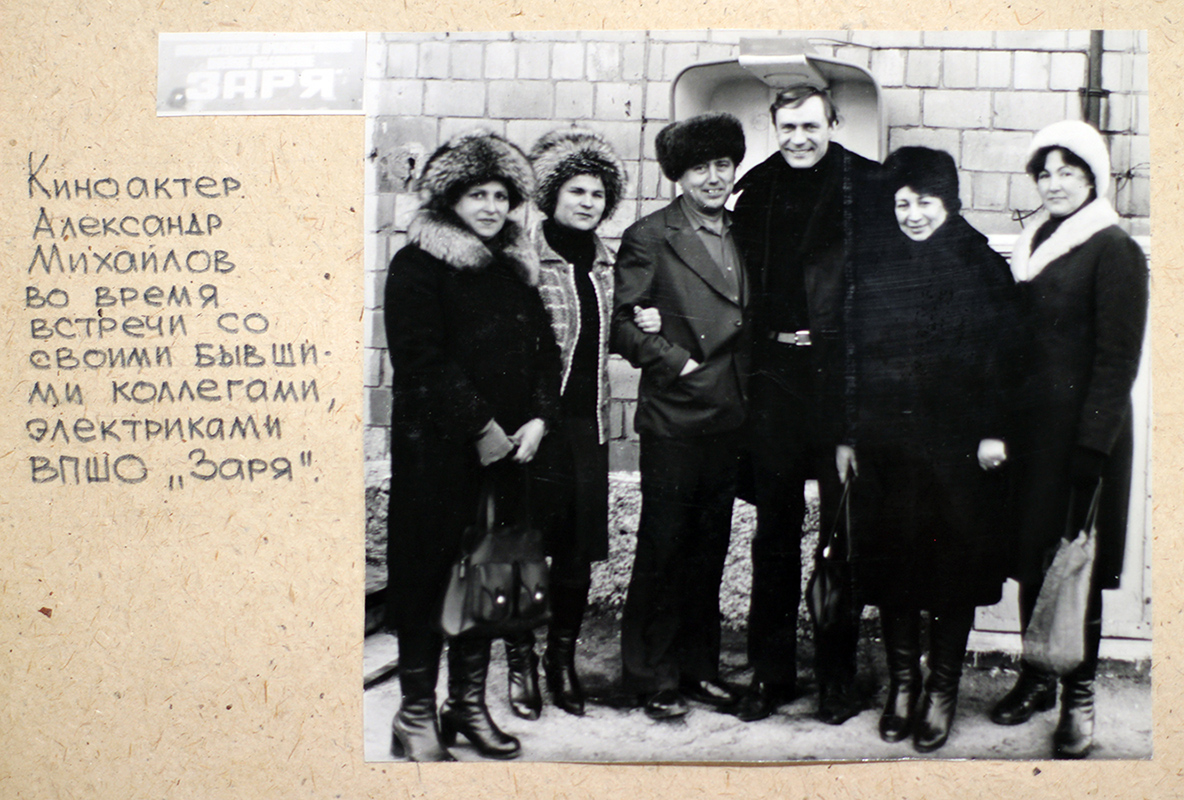
In the mid-60s, while studying at the Far Eastern Academy of Arts, Alexander Mikhailov, the people’s artist of the Russian Federation, worked here as an electrician in the team of the central repair department. When returning to Vladivostok for an artistic tour, he visited the factory staff and spoke to former colleagues and friends.
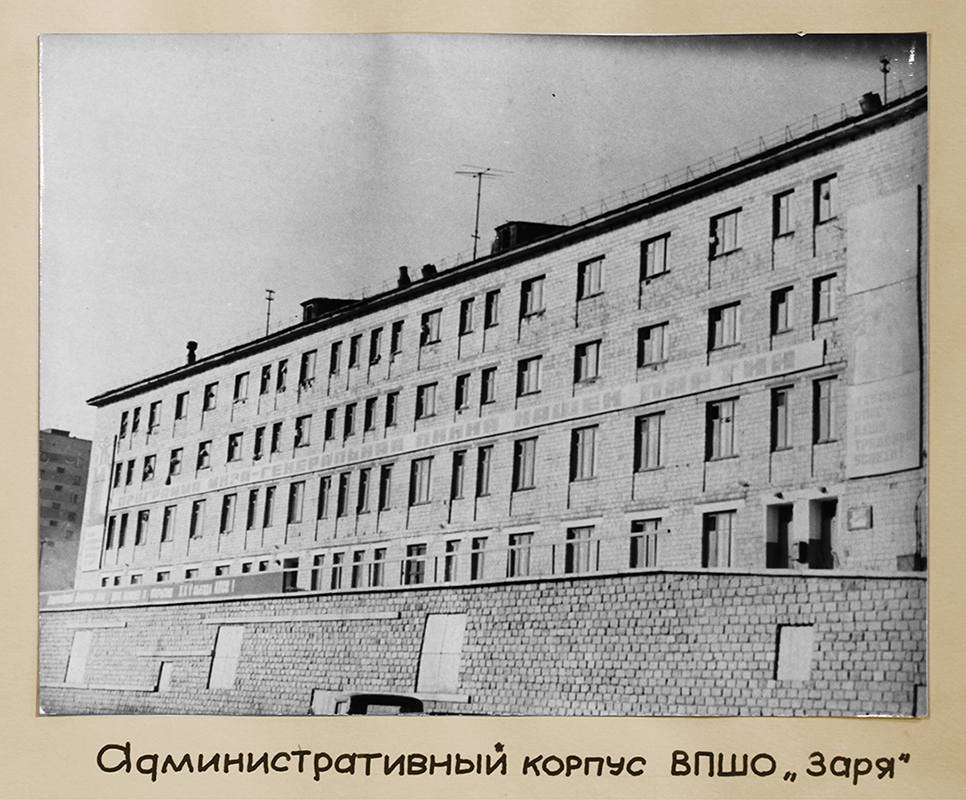
- Administrative Building / Business Workshop
The construction of the administrative building was launched in 1959, and 2 years later it was put into operation. On the ground floor, the factory’s administration board was located, and on the second floor, a dormitory for employees was temporarily arranged.
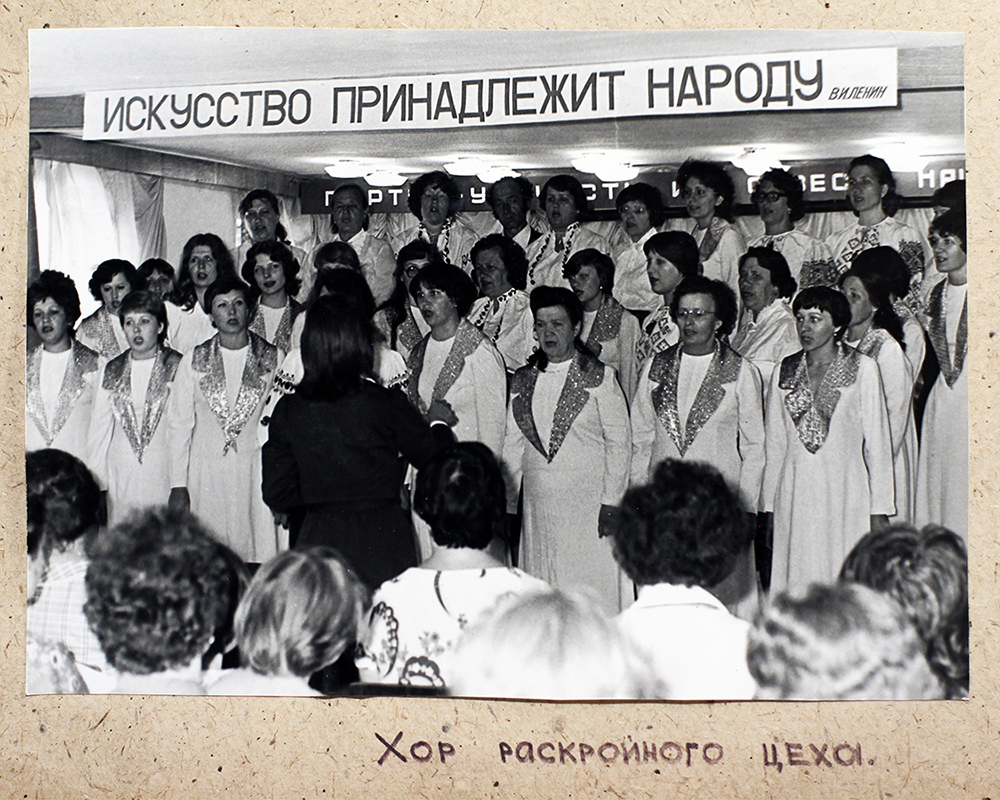
After several houses were built specifically for the factory workers, an amateur creative activity club was organized on the second floor of the building. It organized the leisure of employees — joint trips to nature, concerts, and performances. The participation of the "Zarya" dance and vocal group in Vladivostok city’s events and sports competitions was an important part of the life of the factory staff.
The material was compiled on the basis of the factory’s archive and historical information gathered in 1975 by Alexandra Rozinkova, the director of the Zarya Factory archive.